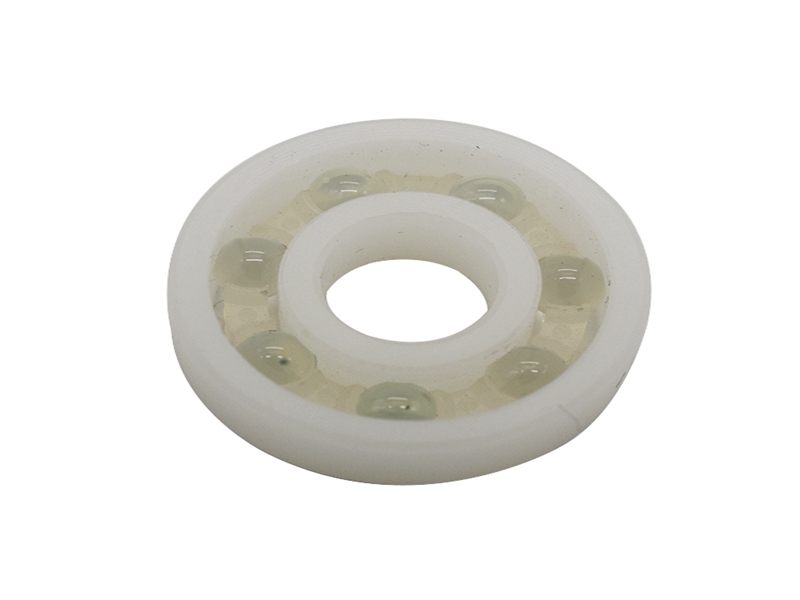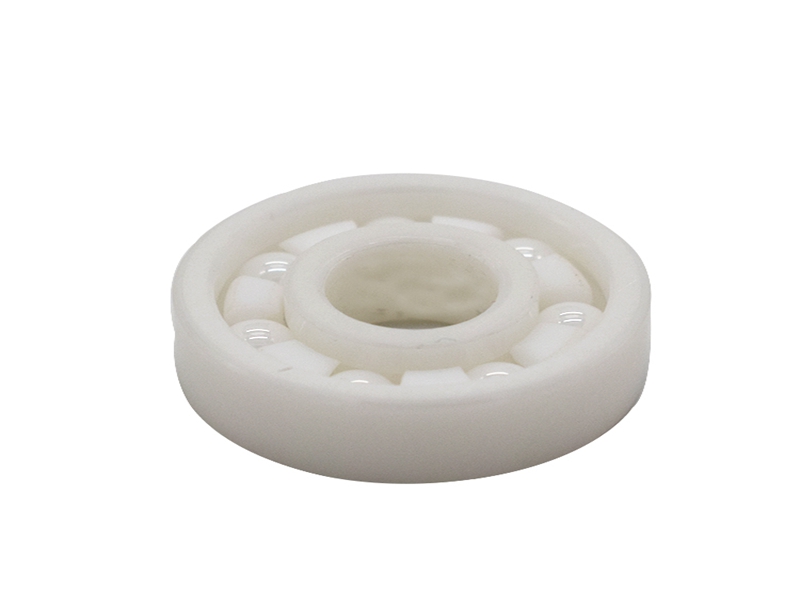Since the advent of the 1960s, lasers have been "excellent in many fields," but it has always had a short board that emits only a single wavelength of light. Now, American scientists have solved this problem, and for the first time they have developed a laser that emits white light. Researchers say white lasers are brighter and more energy efficient than light-emitting diodes (LEDs) and will play an important role in lighting and wireless communications in the future.
According to a report by the physicist organization network on July 30 (Beijing time), a team led by Ning Cunzhen (transliteration) of the School of Electronics, Computer and Energy Engineering at Arizona State University developed a novel nanosheet. This slender semiconductor is only one-fifth the size of the hair, and is only one-thousandth of the thickness of the hair. It has three parallel parts, each of which can emit one of the three primary colors of red, blue and green. The color of the laser. The entire device can emit all visible laser light, from red to green to blue, or any color between the two, when the three primary colors "meet", a white laser appears.
The latest research has made laser replacement LED a mainstream light source a step forward. The laser is brighter, more energy efficient, and provides a more accurate and vivid display color for use on computers and TV screens. Researchers have also confirmed that their new devices emit 70% more colors than current display industry standards.
Another important application for this research will be in the field of visible light communication, and future indoor lighting systems may also be used for communication. The technology that scientists are currently developing is called "Li-Fi" (that is, visible light wireless communication, which uses wireless signals to transmit information wirelessly). The current "Wi-Fi" uses radio waves. Li-Fi can reach more than 10 times the speed of Wi-Fi, while white laser Wi-Fi may be 10 to 100 times more than LED-based Li-Fi currently under development.
Although this concept is very important, there are still major obstacles to applying this white-emitting laser to real-life lighting or display systems. The researchers said that the next key is to get the same white laser driven by the battery. For the current demonstration, researchers must use a laser to make the electrons glow. The latest experiments will pave the way for a white laser that will eventually be obtained under electrical operation.
White lasers are not newborns and are useful in color displays, special lighting, surgical diagnostics, and white light interference experiments. But a "whole" white laser has never been invented. Once upon a time, the solution to this problem was to use several independent lasers to generate the primary colors. And a laser can simultaneously output three primary colors of red, green and blue, which reduces unnecessary large devices, saves the difficulty of optical coaxiality, and saves costs. Although there is still a little distance between this device and the actual application, the concept of the first verification success can not be underestimated.
The full ceramic ball bearings listed below are supplied with rings and balls made from zirconium dioxide (ZrO2). These zirconia bearings are available as full complement (no cage) or with cages made from PTFE, PEEK or 316 stainless steel.
These are non magnetic, non-conductive and highly corrosion resistant to most chemicals although ZrO2 bearings are not recommended for prolonged contact with steam. Full complement bearings or those with a 316 stainless cage can be used up to 400°C while bearings with a PEEK or PTFE cage can cope with temperatures of up to 250°C. For temperatures below -70°C, PTFE or 316 stainless steel cages are preferred. Standard radial clearance for full ceramic bearings is C0 but other clearances can be supplied to order.
ZrO2 ceramic bearings are generally used for their extreme temperature capabilities, excellent corrosion resistance or non-magnetic properties. Other sizes can be supplied on request.

The Description of Ceramic Bearings:
Compared to steel, Ceramic ball Bearings have many specific advantages. They offer superior corrosion and heat resistance, higher dimensional stability, and lower density, which facilitate high speed. Ceramics are superior to steel in heat and corrosion resistance, and are lightweight and extremely hard as well. Consequently, ceramic rolling bearings can be used in environments where conventional steel bearings cannot. That is to say, the superiority of these bearings makes it possible that they can be applied in some special environments.
Firstly, they can be used in corrosive environments. Compared to stainless steel bearings, hybrid and all Ceramic Bearing lasted three and twenty times longer respectively. It is presumed that water readily adheres to silicon nitride and forms a better lubrication film, leading to extended bearing life.
Secondly, they can be performed in corrosive agents. Generally, silicon nitride has excellent corrosion resistance. However, corrosion resistance varies depending on the type and quantity of sintering additives, and certain corrosive agents decrease in hardness and flexural strength. In such situation, it is can be proved that the carbide-based ceramic bearings are the most effective.
Thirdly, they can be used in high-temperature vacuum. An all-silicon nitride Ball Bearing with a self-lubricating laminated cage (mainly composed of MoS2) and with MoS2-coated rings and balls proved superior in durability in a high-temperature vacuum environment. Compared with the hybrid bearings, the all-ceramic bearing was superior in both dynamic frictional torque and life.
Fourthly, they can be performed with poor lubrication. As ceramics are extremely hard and have outstanding wear resistance, they outperform other materials in bearing life without lubrication. According to a test, the steel bearing seized within a short period while the hybrid and all 627 Ceramic Bearings, though sustaining wear, did not. And the all-ceramic bearing sustained considerably less wear than the hybrid bearing, indicating that its endurance life is much longer.
Cermic Ball Bearing,Full Ceramic Bearing,Hybrid Ceramic Bearing,Self-Aligning Full Ceramic Ball Bearing
Shijiazhuang Longshu Mechanical & Electrical Equipment Trading Co., Ltd. , https://www.lsjgbearing.com